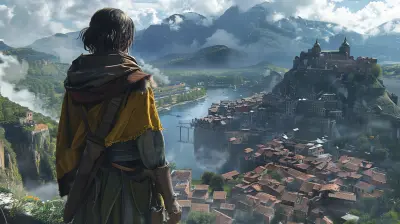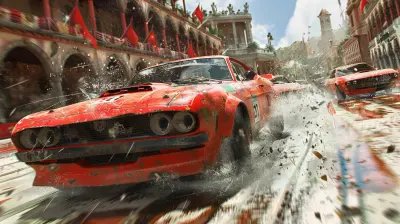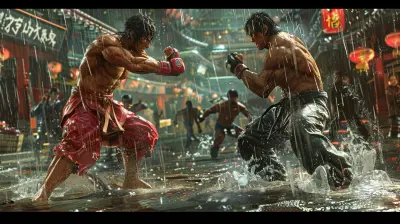Designing Cultures: How to Build Fictional Societies in Games
15 October 2025
Let’s be real—one of the coolest parts of creating a game is world-building. But you know what takes a game from just cool to absolutely mind-blowing? The societies within that world. Think about some of your favorite games. Chances are, it wasn’t just the flashy combat or stunning visuals that pulled you in—it was the world you got lost in. The deep lore, the quirky traditions, and the people (or creatures!) that made it come alive.
Designing fictional societies is like being a cultural architect. You’re not just building a world—you’re breathing life into it. Sounds incredibly fun, right? But it can also feel overwhelming if you don’t know where to start. Don’t worry—I’ve got you covered. Let’s dive into how you can craft fictional societies like a pro while keeping your players invested.
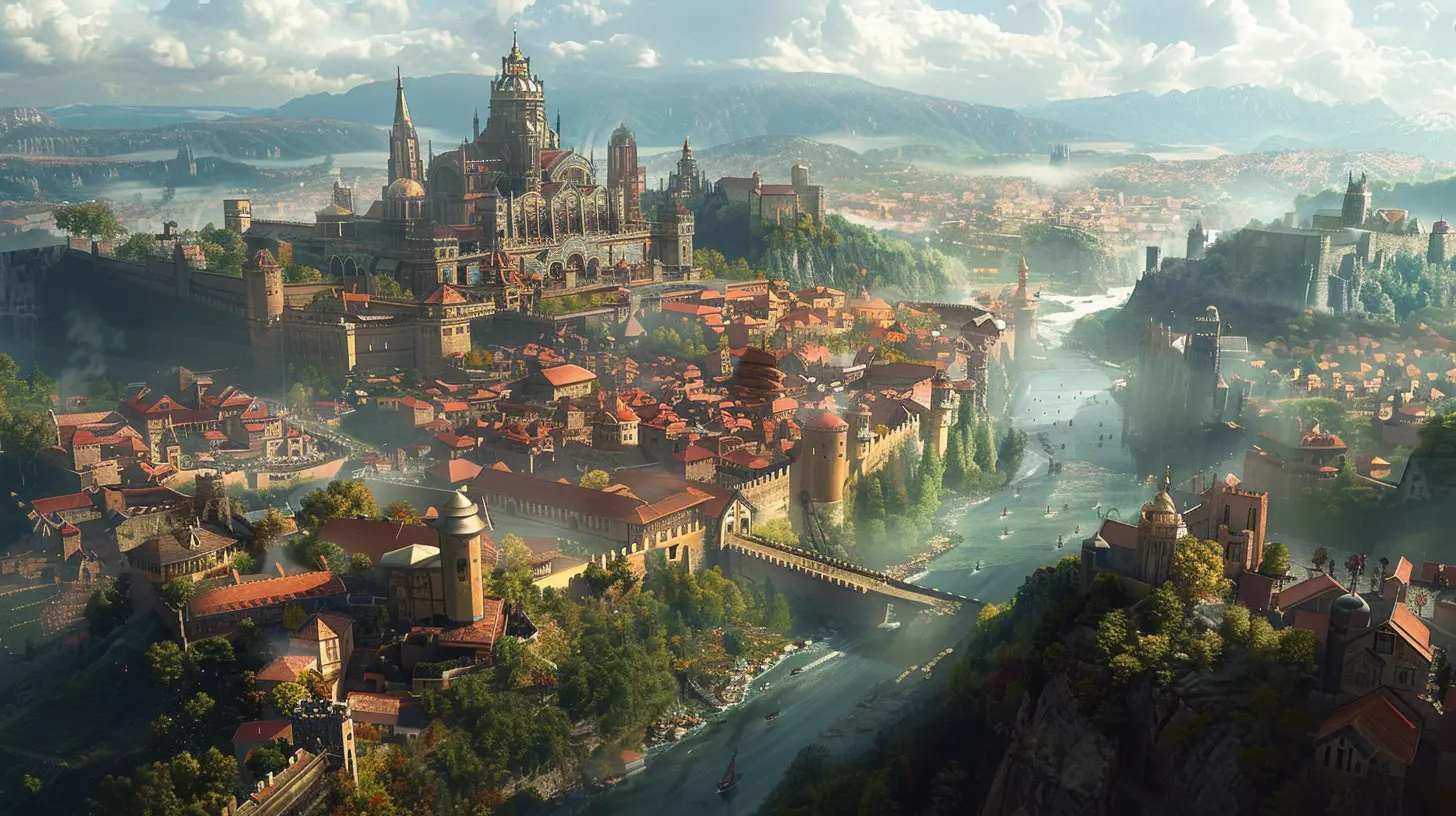
Why Building Fictional Societies Matters
First things first—why bother creating fictional societies in your game? Why not just slap a generic kingdom here or a dystopian city there and move on? Well, lazy world-building is something players can sniff out faster than you can say, "cookie-cutter fantasy."A well-crafted society makes your world feel alive. It gives players a sense of place. It shows them that this isn’t just a flat backdrop for their epic sword fights or laser battles—this is a real (well, sort of) world where people live, breathe, and thrive. Fictional societies also give players something crucial: context. Why is this NPC acting shady? Oh, because their culture values secrecy. Why does this faction have a deep hatred for outsiders? Boom—hundreds of years of territorial disputes baked into their history.
When you create societies that feel authentic, you’re not just offering players lore; you’re offering them immersion. And immersion? That’s where the magic happens.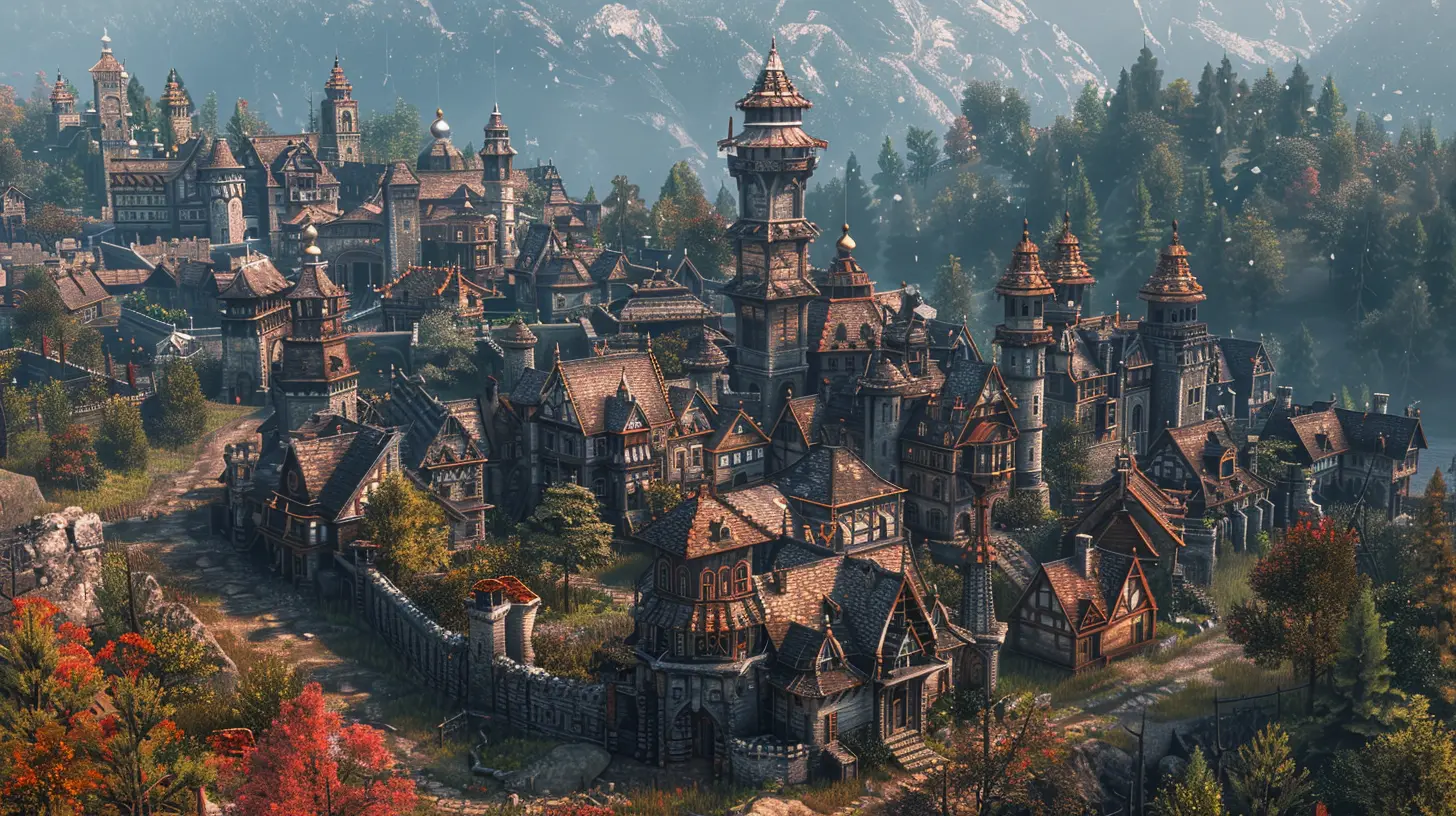
Step 1: Start With Questions
Great societies start with great questions. When shaping a fictional society, it’s helpful to act like a curious anthropologist with an over-caffeinated imagination. Here are some questions to get the ball rolling:- Who are they? Are they elves, robots, spacefaring humans, or something totally unique?
- What do they value? Are they warriors who prize strength above all else? Philosophers who pursue knowledge? Traders who live for profit?
- What’s their history? Did they rise from the ashes of war? Were they molded by centuries of peace?
- How do they survive? Do they farm, hunt, terraform, or rely on magic?
- What do they fear or despise? Is it an external threat? Or maybe it’s a dark truth lurking within their own society?
Your answers will form the skeleton of your society. These details might not all make it into the game, but they’ll influence the world’s overall vibe.
Think of it like sculpting a statue. You don’t start with the fine details—you start with the big picture. Once you have that, the smaller pieces fall into place.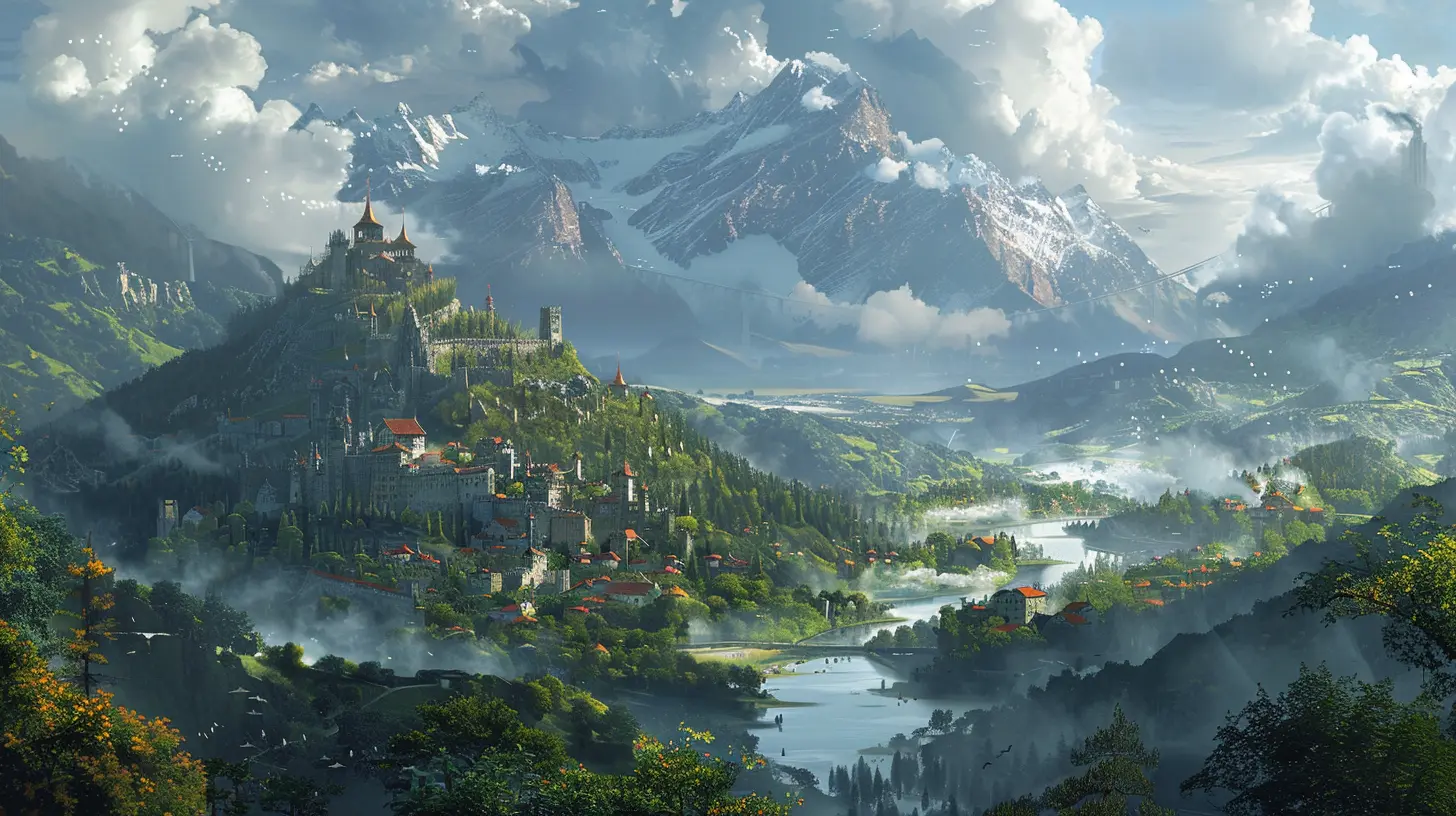
Step 2: Define Their Core Beliefs and Values
Culture is basically society’s personality. Just like people, societies are shaped by their values and beliefs. These are the things that dictate how they act, how they react, and even how they dress.Let’s break it down a bit: imagine a society that believes the sun is a god. This belief might influence their architecture (temples built to catch the sunrise), their clothing (golden tones), or even their daily routines (waking at dawn to pray).
On the flip side, if you’re designing a dystopian society that values efficiency over emotion, you might have people who dress in practical, bland clothing with no personal flair. Their dialogue might feel robotic, and their cities might look like cold, gray grids.
The secret here is consistency. Every aspect of your society—from their fashion choices to their government—should stem from their core beliefs. If every piece of the puzzle fits, your players won’t just play in your world; they’ll believe in it.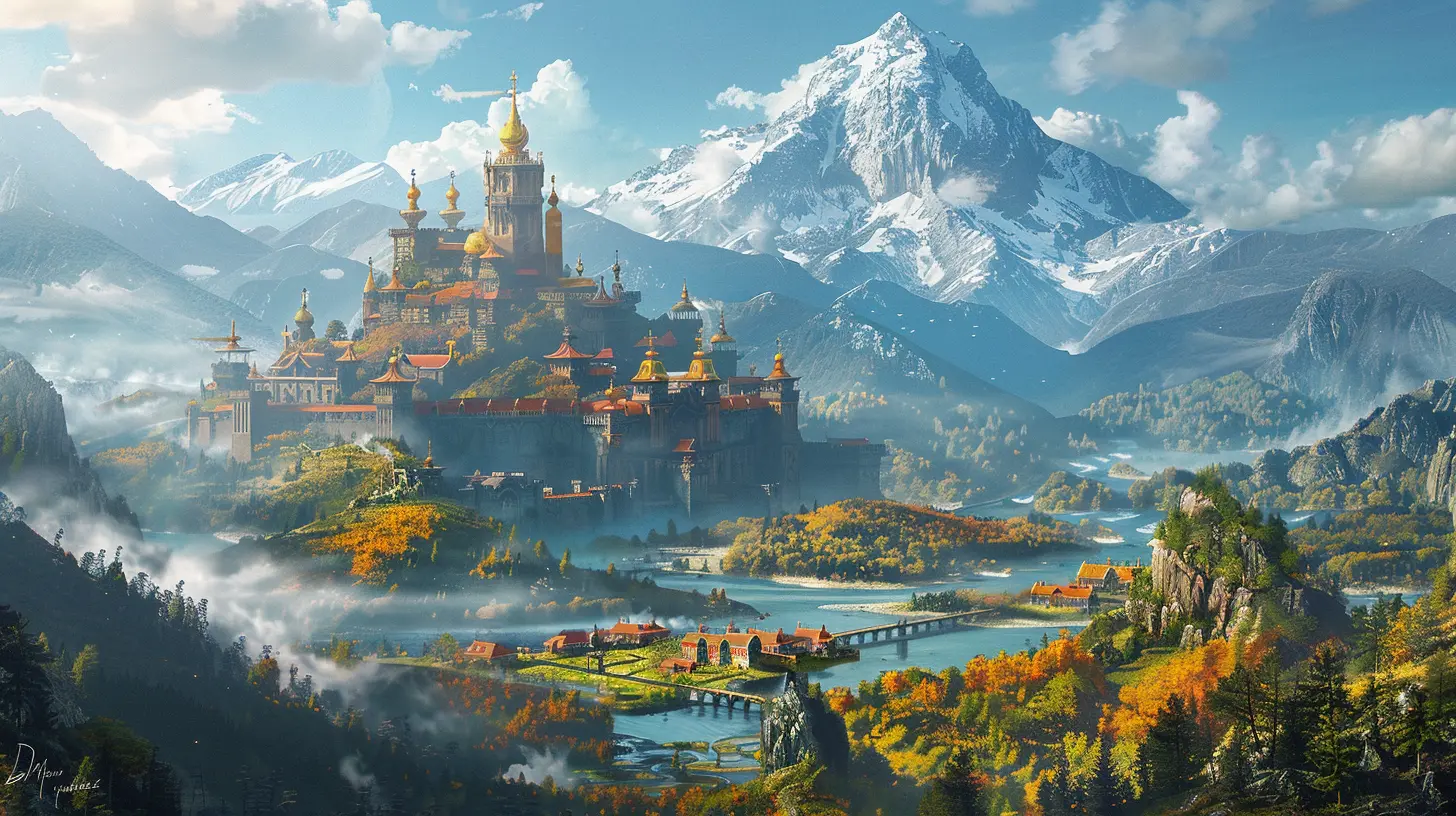
Step 3: Sprinkle In History (Without Info-Dumping)
Every society has a backstory, but here’s the kicker: you don’t need to shove it all in your players’ faces. While players love lore, they don’t want to feel like they’re reading a history textbook.Instead, weave history into the environment and gameplay. Maybe there’s a crumbling statue in the center of town depicting a long-dead hero. Perhaps an NPC offhandedly mentions a devastating war that shaped their distrust of outsiders. Think of history as the seasoning, not the entire dish. Sprinkle it in where it’s needed.
Pro tip: Conflict is your best friend. Think about the tensions within a society: rival factions, disputed lands, or ideological divides. These elements don’t just make your society more interesting—they create potential storylines for your players to sink their teeth into.
Step 4: Dive Into Everyday Life
Big, grandiose ideas are great and all, but what really makes a society alive is the day-to-day stuff. What do people eat? How do they celebrate? What’s a normal day look like for the average citizen?For example, in a seafaring society, you might have markets bustling with fishmongers, kids learning to tie sailor’s knots, and festivals dedicated to the ocean. In a desert culture, water might be heavily rationed, and people may view rainfall as a sacred event.
Details like these make your society relatable—or at least understandable. It’s the little quirks and traditions that make players think, “Wow, this world feels real.”
Step 5: Language and Communication
Language is a huge part of any society. I’m not saying you have to go full-on Tolkien and create an entire language from scratch (unless that’s your jam). But even small nods to language can go a long way.Think about slang or sayings that reflect their culture. In a harsh desert society, maybe people say something like, “May your shadows always be short,” as a blessing. Or in a tech-focused dystopia, casual speech might include tech jargon like “glitching out” as slang for acting weird.
These bits of linguistic flavor add depth to your society. Plus, players love picking up on unique terms—it makes them feel like they’re truly part of the world.
Step 6: Be Creative, But Keep It Logical
Here’s the thing about designing societies: you can go as wild as you want, but it still needs to make sense. Players will suspend disbelief, but only to a point. A society of sentient jellyfish living in skyscrapers? Sure, why not. But if those jellyfish are waging a war using flamethrowers? Uh...maybe rethink that.Your society’s rules—whether they’re social, political, or biological—need to be internally consistent. If something doesn’t add up, it’ll break the immersion.
Ask yourself: Why does this society function the way it does? If you can answer that question, you’re golden.
Step 7: Let Players See Themselves in Your World
At the end of the day, players want to feel connected to the world you’ve created. They want to see a reflection of themselves—or something they aspire to be—in your fictional society.This doesn’t mean you have to design a perfect utopia or stick to familiar tropes. It’s about creating societies that feel human, even if they’re not populated by humans. Show their strengths and flaws. Make them relatable.
When players see a society they admire, they’ll want to fight for it. When they see one that reminds them of their own struggles, they’ll want to change it. Either way, you’re giving them a reason to care.
Final Thoughts
Designing fictional societies in games is no small task, but it’s also one of the most rewarding aspects of world-building. It’s where your creativity gets to shine, where you can experiment, and where your players get to lose themselves in something bigger than themselves.Take your time, have fun with the process, and remember: societies are complex, just like people. They don’t have to be perfect—they just have to feel real. And when you nail that balance? You’ve got a world your players won’t want to leave.
all images in this post were generated using AI tools
Category:
World BuildingAuthor:

Audrey McGhee
Discussion
rate this article
1 comments
Echo Oliver
Great insights on crafting believable cultures; a vital aspect of immersion!
October 15, 2025 at 3:39 AM

Audrey McGhee
Thank you! I'm glad you found the insights helpful for creating immersive experiences in games.
